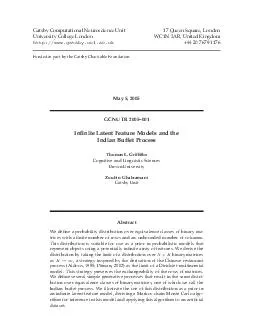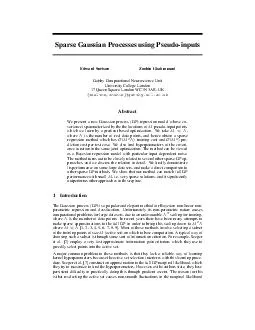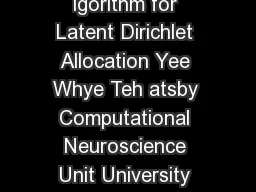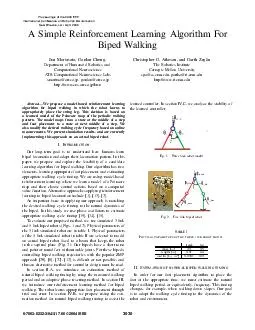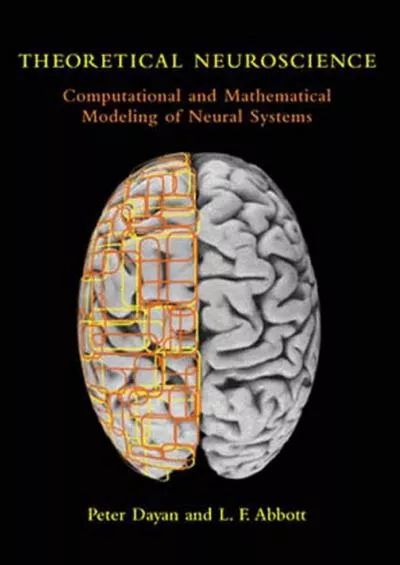PDF-Gatsby Computational Neuroscience Unit Queen Square London University College London
Author : pasty-toler | Published Date : 2015-02-27
gatsbyuclacuk 44 20 7679 1176 Funded in part by the Gatsby Charitable Foundation May 5 2005 GCNU TR 2005001 In64257nite Latent Feature Models and the Indian Buffet
Presentation Embed Code
Download Presentation
Download Presentation The PPT/PDF document "Gatsby Computational Neuroscience Unit ..." is the property of its rightful owner. Permission is granted to download and print the materials on this website for personal, non-commercial use only, and to display it on your personal computer provided you do not modify the materials and that you retain all copyright notices contained in the materials. By downloading content from our website, you accept the terms of this agreement.
Gatsby Computational Neuroscience Unit Queen Square London University College London: Transcript
Download Rules Of Document
"Gatsby Computational Neuroscience Unit Queen Square London University College London"The content belongs to its owner. You may download and print it for personal use, without modification, and keep all copyright notices. By downloading, you agree to these terms.
Related Documents

